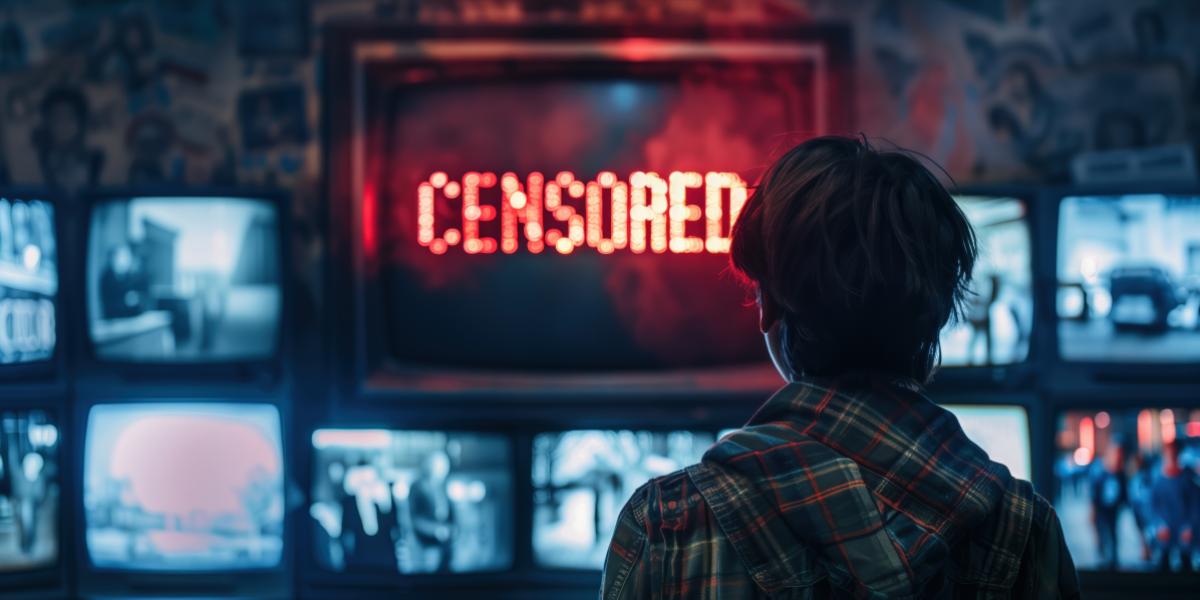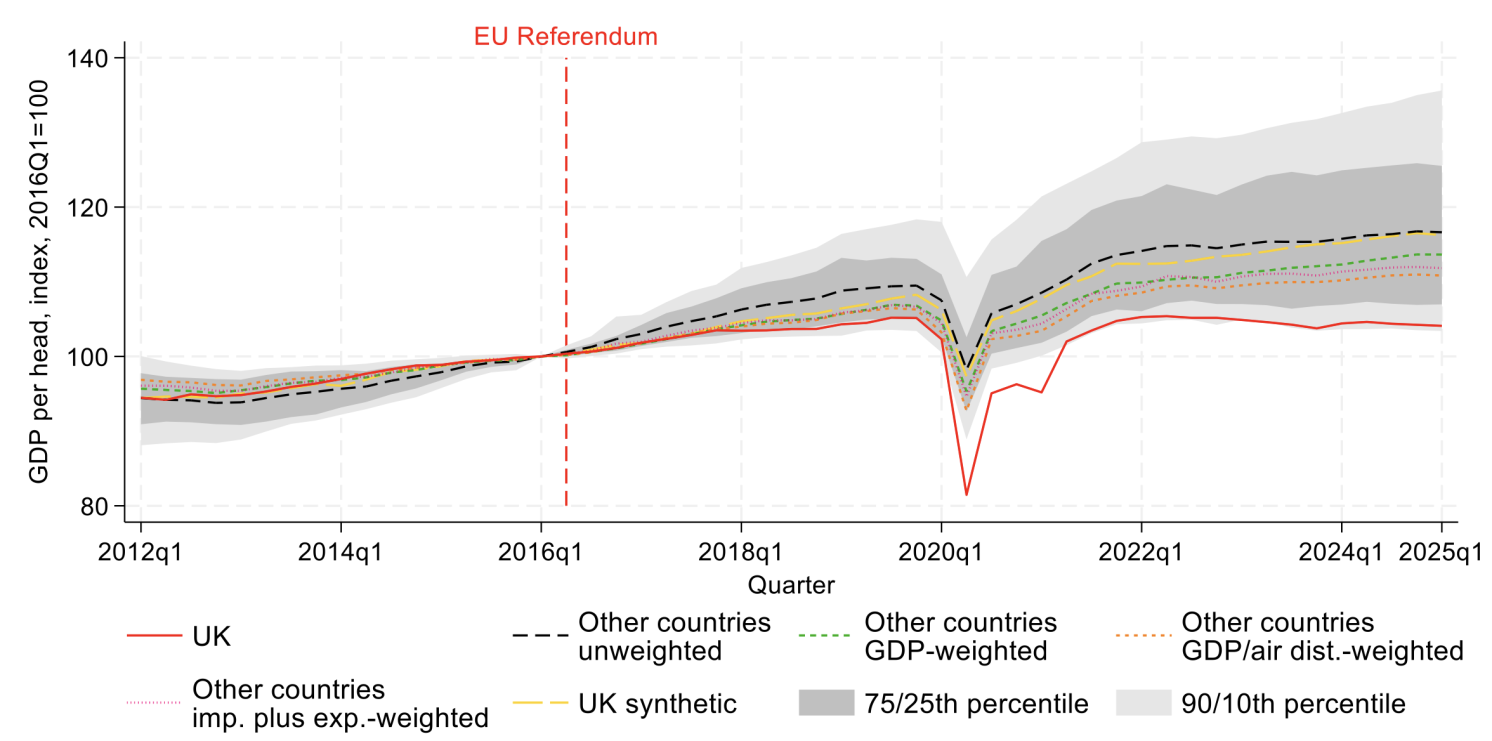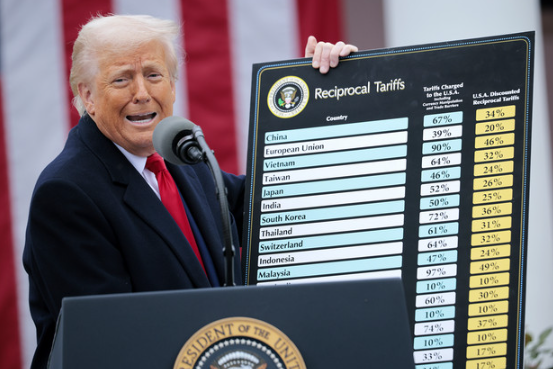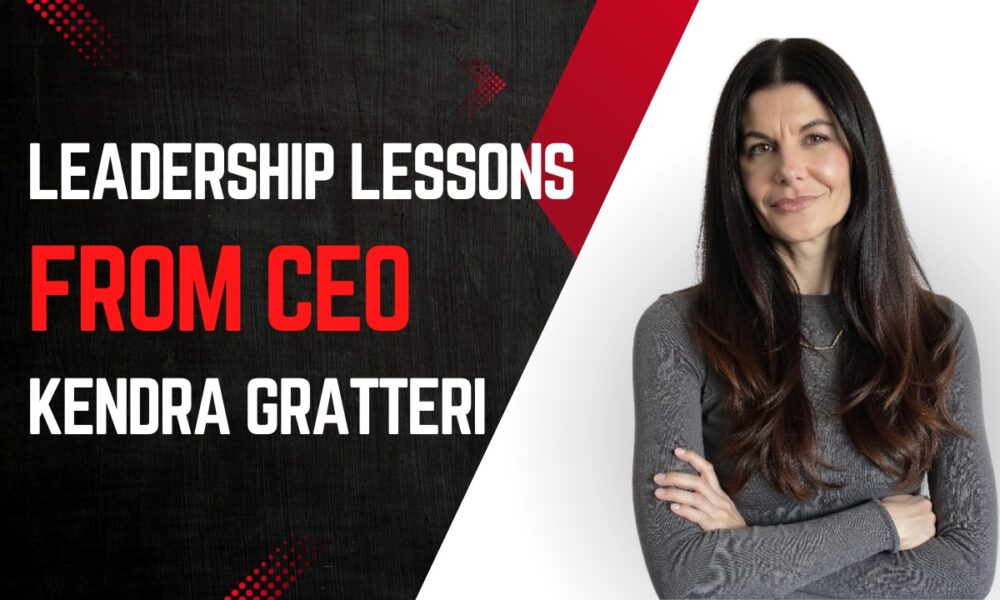Delivering the 17th K P Hormis Commemorative Lecture, Das said that the developments again highlighted the need for prudent asset-liability management, regular stress tests, and building up capital buffers.
“At the height of the pandemic, we kept on highlighting the need to build up adequate capital. I am happy to say that almost all the Indian banks took the message and kept additional capital,” Shaktikanta Das said.
He said that the biggest monetary dilemma of our time is to tame inflation while minimizing a hard landing for the economy.
Das also said that the worst of inflation is behind us, hinting at pausing the rate hike cycle.
In the current round of monetary tightening, RBI has raised the policy repo rate from 4% in May last year to 6.5% now. However, economists are now expecting a quarter-percentage-point rate increase in the April 3-6 Monetary Policy Committee meeting.
He also said that India does not have a debt distress.
Citing the IMF, he said that 15 percent of low income countries are in debt distress, while 45 per cent in high risk of debt distress. “25% of emerging countries are also at high risk of debt distress,” Das said. The RBI governor said that while tightening monetary policy has led to reserve losses, India sits comfortably with “5th highest reserve in the world”.





































